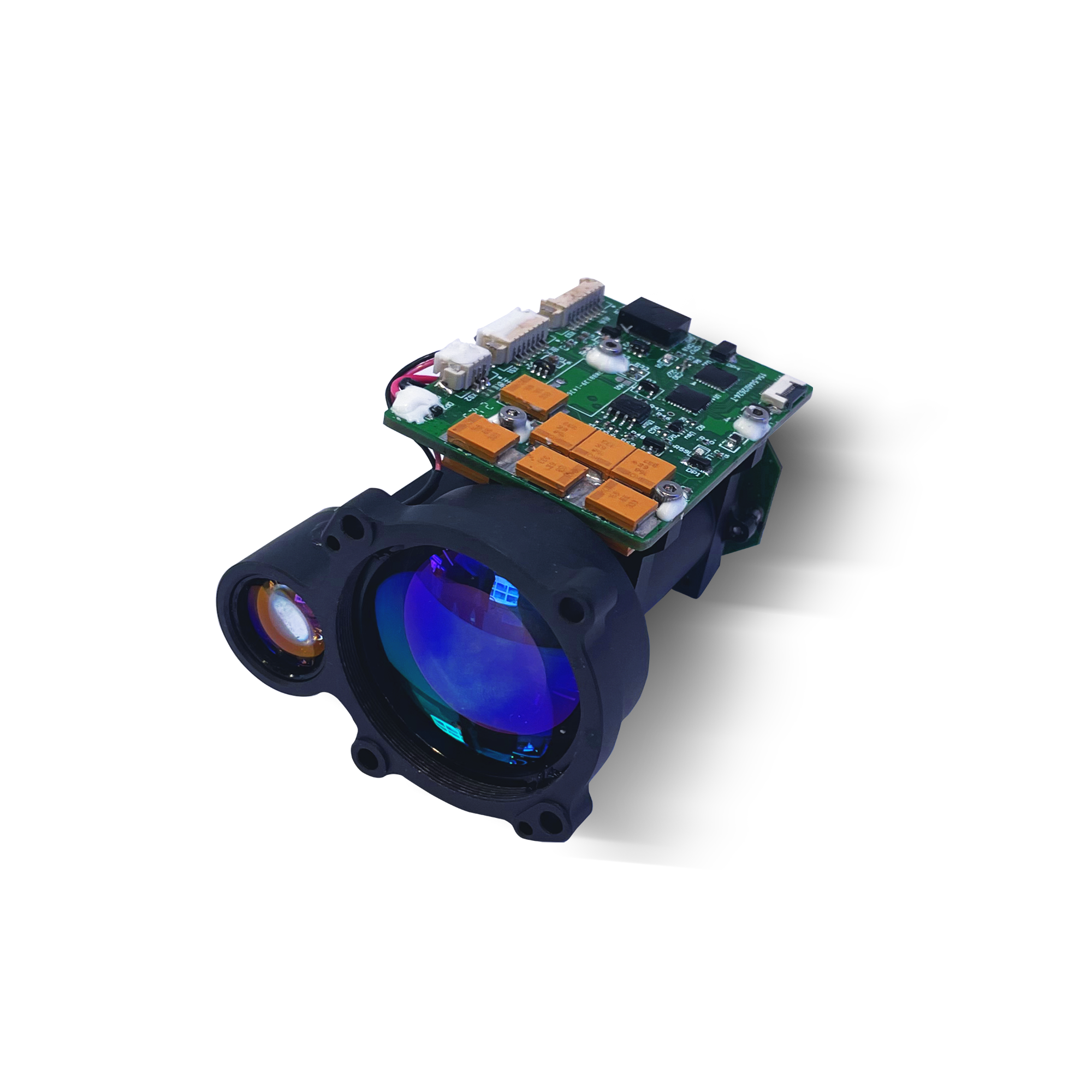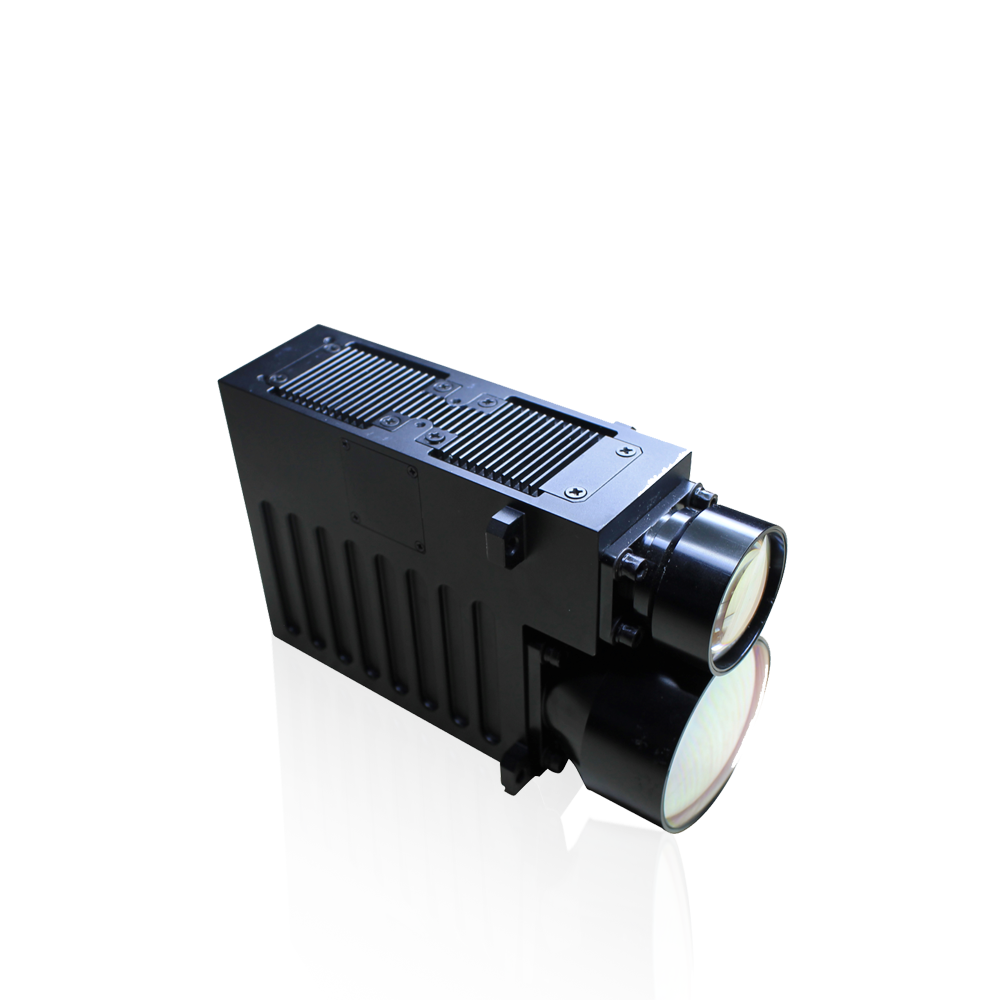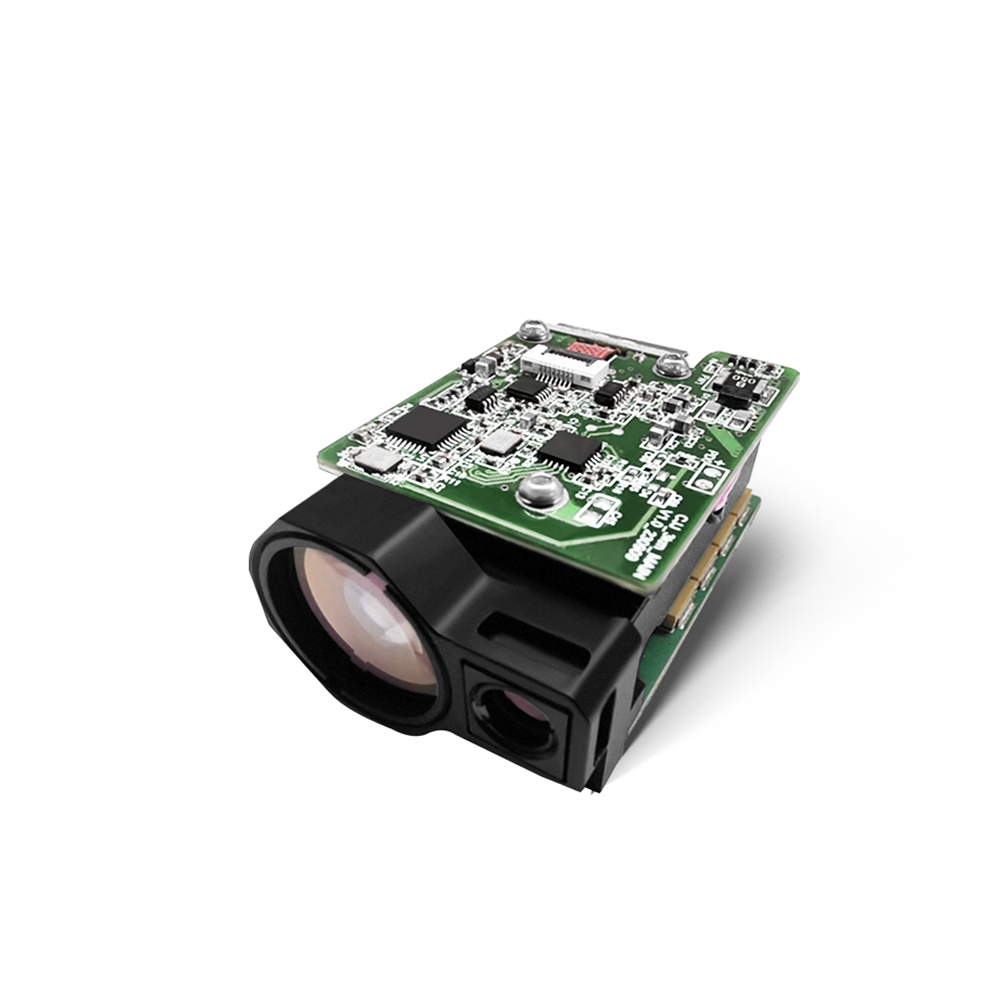ERBIUM-DOPED GLASS LASER
Product Description
The Erbium-doped Glass Laser, also known as the 1535nm Eye-safe Erbium Glass Laser, plays a crucial role in various fields, including eye-safe rangefinder modules, laser communication, LIDAR, and environmental sensing.
Some key points about this Er: Yb laser technology:
Wavelength and Eye Safety:
The laser emits light at a wavelength of 1535nm, which is considered "eye-safe" because it is absorbed by the cornea and crystalline lens of the eye and does not reach the retina, reducing the risk of eye damage or blinding when used in rangefinders and other applications.
Reliability and Cost-Effectiveness:
Erbium-doped glass lasers are known for their reliability and cost-effectiveness, making them suitable for various applications, including long-range laser ranging.
Working Material:
These lasers use co-doped Er: Yb phosphate glass as the working material and a semiconductor laser as the pump source to excite the 1.5μm band laser.
Lumispot Tech's Contribution:
Lumispot Tech has dedicated itself to the research and development of Erbium-doped glass lasers. We have optimized key process technologies, including bait glass bonding, beam expansion, and miniaturization, resulting in a range of laser products with different energy outputs, including 200uJ, 300uJ, and 400uJ models and high-frequency series.
Compact and Lightweight:
Lumispot Tech's products are characterized by their small size and light weight. This feature makes them suitable for integration into various optoelectronic systems, unmanned vehicles, unmanned aircraft, and other platforms.
Long-Range Ranging:
These lasers offer excellent ranging capabilities, with the ability to perform long-range ranging. They can operate effectively even in harsh environments and unfavorable weather conditions.
Wide Temperature Range:
The operating temperature range of these lasers is from -40°C to 60°C, and the storage temperature range is from -50°C to 70°C, allowing them to function in extreme conditions.8.
Pulse Width:
The lasers produce short pulses with a pulse width (FWHM) ranging from 3 to 6 nanoseconds. One particular model has a maximum pulse width of 12 nanoseconds.
Versatile Applications:
Besides rangefinders, these lasers find applications in environmental sensing, target indication, laser communication, LIDAR, and more. Lumispot Tech also offers customization options to meet specific customer requirements.


* If you need more detailed technical information about Lumispot Tech's Erbium-doped glass lasers, you can download our datasheet or contact them directly for further details. These lasers offer a combination of safety, performance, and versatility that makes them valuable tools in various industries and applications.
Specifications
- Discover our extensive Laser Ranging Series. If you're looking for a high-precision laser ranging module or an assembled rangefinder, we warmly invite you to contact us for more information
-
| Item | ELT40-F1000-B15 | ELT100-F10-B10 | ELT200-F10-B10 | ELT300-F10-B10 | ELT400-F10-B15 | ELT500-F10-B15 | ELT40-F1000-B0.6 | ELT100-F10-B0.6 | ELT400-F10-B0.5 |
| Wavelength(nm) |
1535±5 |
1535±5 |
1535±5 |
1535±5 |
1535±5 |
1535±5 |
1535±5 |
1535±5 |
1535±5 |
| Pulse width (FWHM)(ns) |
3~6 |
3~6 |
3~6 |
3~6 |
3~6 |
3~6 |
3~6 |
3~6 |
3~6 |
| Pulse energy(μJ) |
≥40 |
≥100 |
≥200 |
≥300 |
≥400 |
≥500 |
≥40 |
≥100 |
≥400 |
| Energy stability(%) |
<4 |
- |
- |
- |
- |
- |
- |
<8 |
<5 |
| Re-frequency(Hz) |
1000 |
1~10 |
1~10 |
1~10 |
1~10 |
1~10 |
1000 |
45667 |
45667 |
| Beam quality, (M2) |
≤1.5 |
≤1.3 |
≤1.3 |
≤1.3 |
≤1.3 |
≤1.3 |
≤1.5 |
≤1.5 |
≤1.5 |
| Light spot (1/e2 )(mm) |
0.35 |
0.2 |
0.2 |
0.2 |
0.3 |
0.3 |
≤13 |
8 |
≤12 |
| Beam divergency(mrad) |
≤15 |
≤10 |
≤10 |
≤10 |
≤15 |
≤15 |
0.5~0.6 |
≤0.6 |
≤0.5 |
| Working voltage(V) |
<2 |
<2 |
<2 |
<2 |
<2 |
<2 |
<2 |
<2 |
<2 |
| Working current(A) |
4 |
6 |
8 |
12 |
15 |
18 |
4 |
6 |
15 |
| Pulse width(ms) |
≤0.4 |
≤2.5 |
≤2.5 |
≤2.5 |
≤2.5 |
≤2.5 |
≤0.4 |
≤2.5 |
≤2.5 |
| Working temperature(℃) |
-40~+65 |
-40~+65 |
-40~+65 |
-40~+65 |
-40~+65 |
-40~+65 |
-40~+65 |
-40~+65 |
-40~+65 |
| Storage temperature(℃) |
-50~+75 |
-50~+75 |
-50~+75 |
-50~+75 |
-50~+75 |
-50~+75 |
-50~+75 |
-50~+75 |
-50~+75 |
| Lifetime |
>107 times |
>107 times |
>107 times |
>107 times |
>107 times |
>107 times |
>107 times |
>107 times |
>107 times |
| Weight(g) |
10 |
9 |
9 |
9 |
11 |
13 |
<30 |
≤10 |
≤40 |
| Download |



 Datasheet
Datasheet


